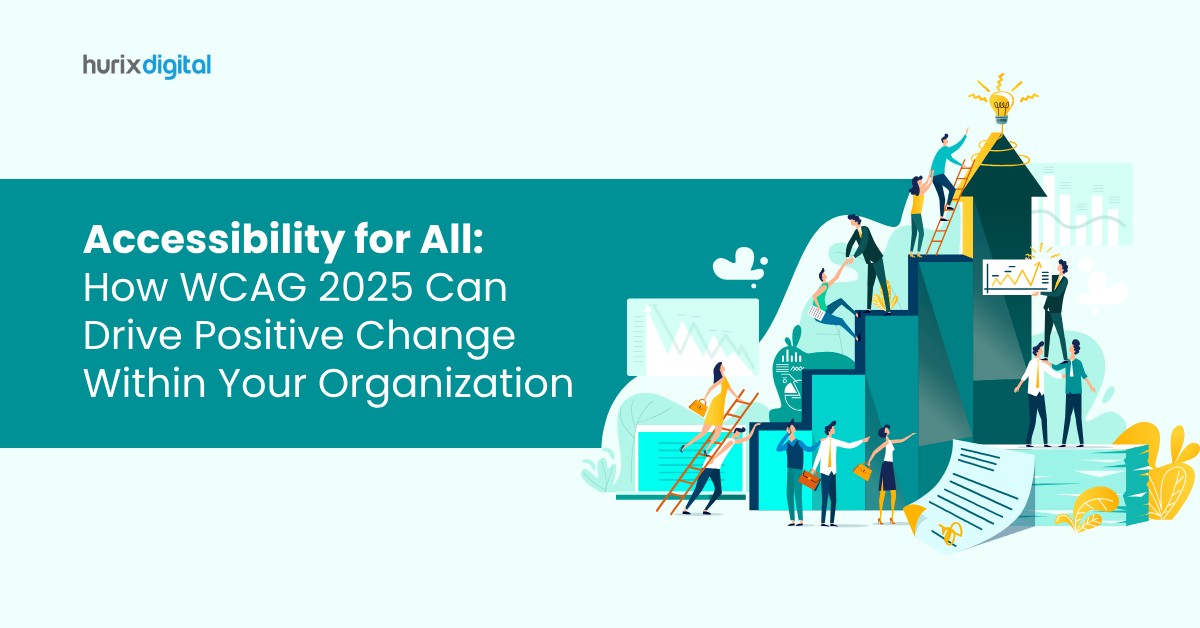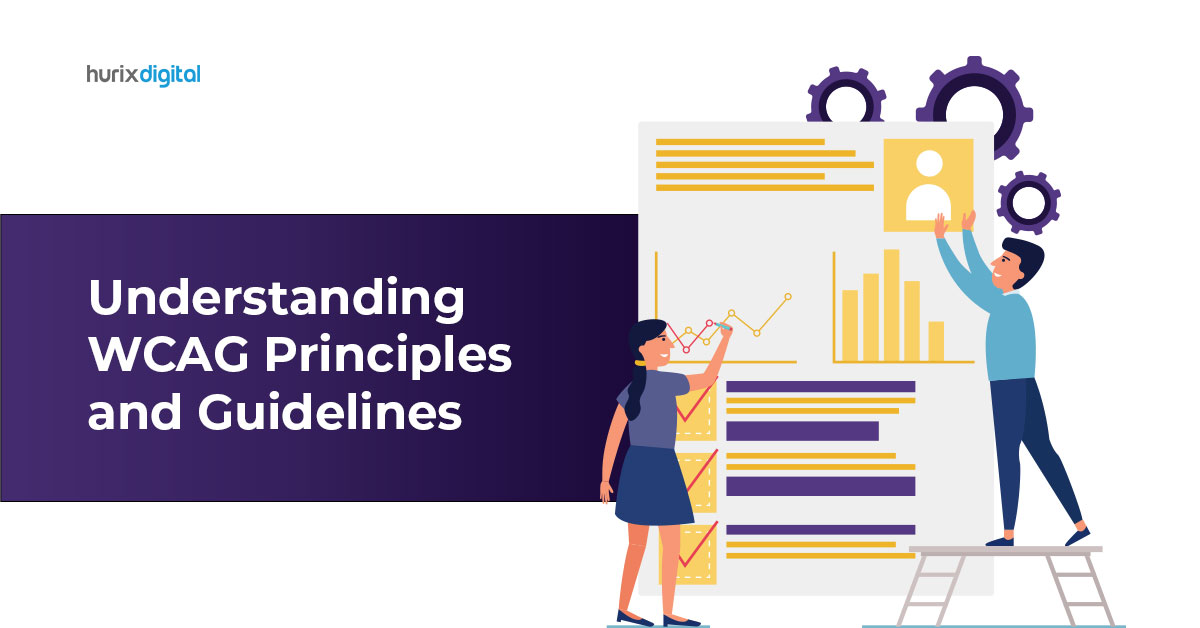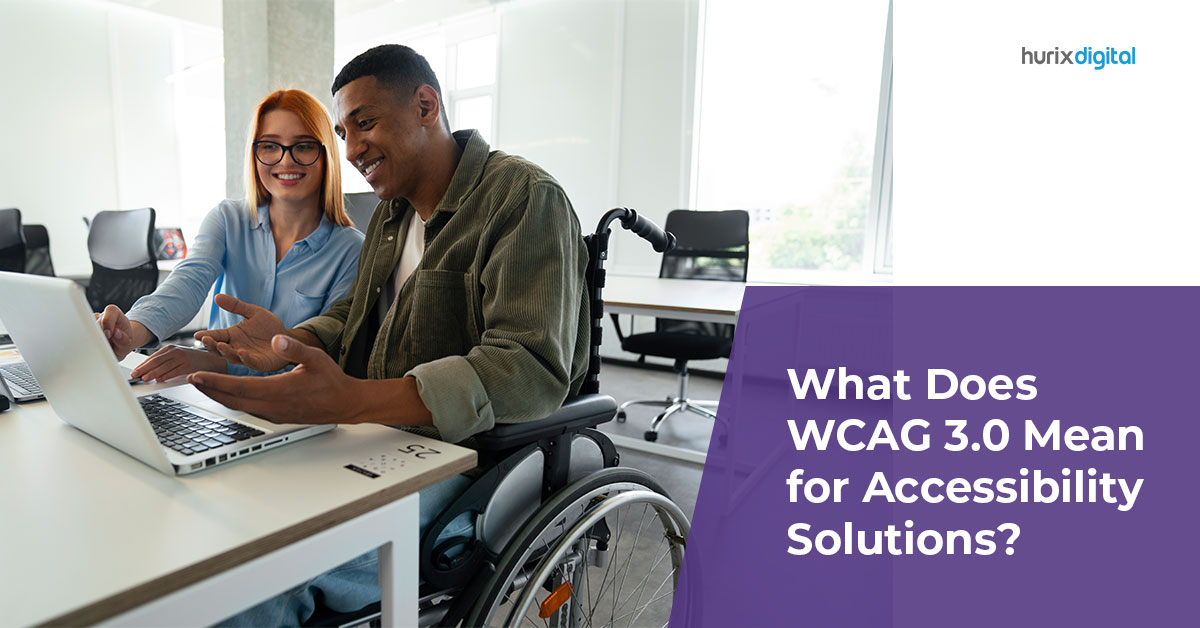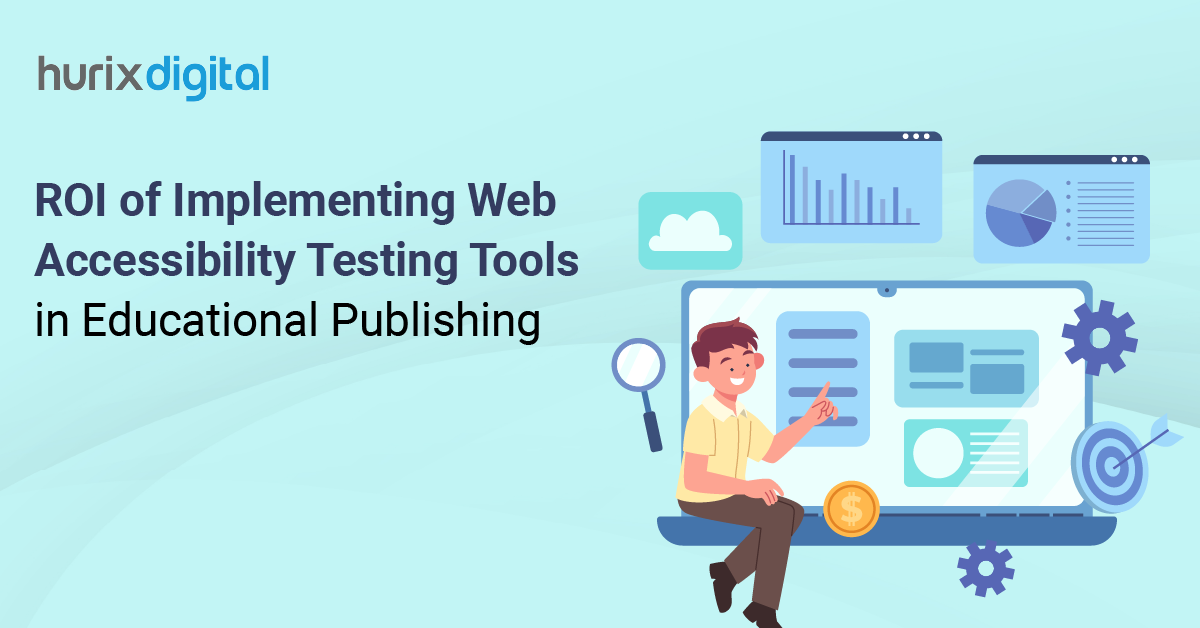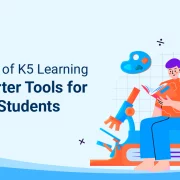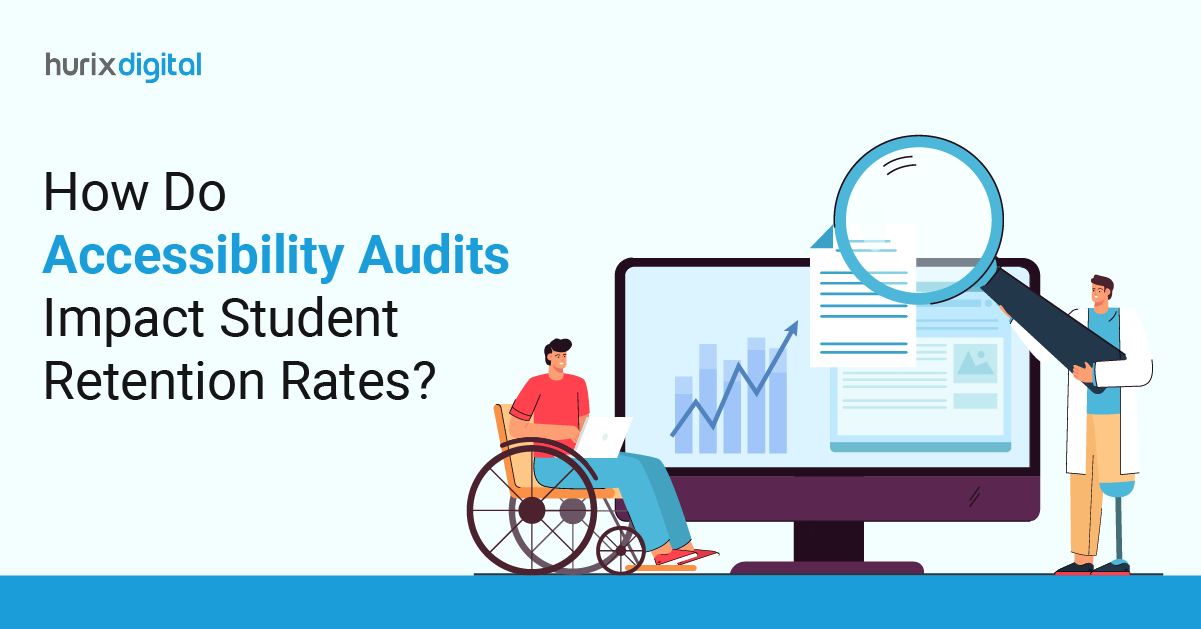
How Do Accessibility Audits Impact Student Retention Rates?
Summary
The article explains how schools can audit website accessibility to identify gaps, enhance access for disabled learners, and improve enrollment and learning outcomes.
Today, there’s a growing demand among learners with disabilities for equal access to all opportunities and resources. The seeds of this trend were sown as early as 1990 when the American Disabilities Act (ADA) was first constituted. In the digital economy, the ADA has evolved significantly, to include aspects such as web accessibility.
Try our FREE Accessibility Audit Today!
As of 2022, it was reported that over 70 million people in the US live with disabilities. By making all websites accessible, educational institutes can stay relevant, attract new audiences, and enhance enrollments. One of the first steps in this direction is for institutions to conduct a thorough accessibility audit.
This article outlines how educators can spearhead a shift towards inclusion and the significant advantages of nurturing an accessible website culture.
Table of Contents:
- What is an Accessibility Audit?
- 4 Key Pillars of an Accessibility Audit
- Benefits of an Accessibility Audit
- Long-Term Impact of Inclusive Websites
- Conclusion
What is an Accessibility Audit?
An accessibility audit is a structured process by which any organization can assess the level of accessibility provided by its products, services, and ecosystems. The key purpose of the audit is to identify the areas where more investments need to be made to design and deliver a completely accessible experience to customers and other stakeholders.
However, an ADA audit also serves some other purposes. For instance, it helps meet compliance needs from a legal perspective. It enhances the discoverability of websites, improves online safety, and boosts the marketability of organizations, and their products and services.
Ensuring web accessibility, in particular, is a growing demand in today’s digital era. In the case of educational institutes, an inaccessible website is a major barrier for learners with disabilities who are seeking opportunities in education. If a student cannot access the website—considered to be a key piece of digital real estate—it is unlikely that they will enroll in the program.
This is where a web accessibility audit can be a game-changer in the educational domain.
Also Read: 7 Tips on Creating a Seamless User Experience in Online Education Platforms
4 Key Pillars of an Accessibility Audit
Educators must take several steps to conduct an effective accessibility audit. They are:
Step 1: Invite Real Users to Test All Web Resources
The first step is to consider the feedback of end users of any web resource. Examples of resources may include an educational institute’s admissions website and app, educational material such as eBooks, and digital libraries of on-demand learning resources.
A cross-section of users with diverse disabilities, such as visual, hearing, cognitive, intellectual, and motor challenges, must be invited to participate. Further, ensure that the user access review audit report is detailed and data-driven.
Step 2: Leverage the Right Tools and Technologies
Organizations must consider harnessing technology to ensure a comprehensive accessibility audit. Today, a wide range of Web Content Accessibility Guidelines (WCAG) audit tools, technologies, and accessibility solutions are available.
By leveraging these tools, educators can enhance testing capabilities, both in terms of speed and effectiveness. They can cover the full spectrum of accessibility features—from captions and speech-to-text capabilities to the lack of alt text.
Step 3: Partner with Accessibility Audit Experts
Accessibility is emerging as a specialized domain, with innovations spearheaded every day. Organizations may not have the necessary expertise in-house to conduct a professional accessibility audit. Working with external experts can help institutions derive a higher Return on Investment (ROI) from their efforts.
Step 4: Ensure Regular Audits
Every piece of new content added to a website or new web properties launched by institutions must be audited for accessibility. Thus, regular ADA website audits must become a part of the organization’s culture and process.
Benefits of an Accessibility Audit
Regular accessibility audits can help educators in multiple ways, including:
1. Accurately Gauge the Level of Web Accessibility
Educators can establish the status of web accessibility across all their digital assets. They can get a realistic picture of the work that needs to be done to make their entire digital footprint accessible to the learners.
2. Identify Accessibility Gaps
A comprehensive accessibility audit helps educators identify the key gaps that need to be addressed. However, they must ensure that the audit addresses challenges across the entire spectrum of disabilities.
3. Paves the Way for Inclusive Web Resources
The ultimate aim of doing an ADA compliance audit is to ensure that all web resources are accessible to the end users. However, such a review lays the foundation for this transition. Using the findings of the audit, accessibility experts can build a strategic road map to address the gaps with the use of strategy and technology.
Long-Term Impact of Inclusive Websites
Educational institutes need to understand the advantages of taking an inclusive approach toward all their digital assets, such as inclusive websites. This will help in the following:
1. Accessible to Learners with Disabilities/ Challenges
Learners with disabilities will be able to fully access content on websites ranging from admissions pages to digital resources. For instance, say learners with visual challenges visit the admissions website; they will be able to navigate the entire website with ease due to its accessibility features.
2. Helps Boost Enrollment Rates
Accessible websites reduce barriers and open up opportunities for learners with disabilities. A comprehensively accessible website can boost enrollments by students with a wide spectrum of disabilities ranging from physical and cognitive to motor disabilities.
Thus, inclusive websites give educational institutions a competitive edge; they create a positive impression and pave the way for a higher enrollment rate.
3. Boosts Learning Effectiveness
Ensuring that learners have access to all-inclusive websites helps boost engagement, knowledge absorption, and retention. They can learn quickly, improve their test scores, and build the knowledge and skills required for future opportunities in the world of work.
Also Read: Customizing Web Accessibility Solutions for Different Educational Levels and Subjects
Conclusion
Conducting an accessibility audit is an important step for educational institutions looking to transform into inclusive organizations. This process paves the way for educators to build inclusive resources that are relevant to a wider audience and address the challenges of existing students.
The best approach is for organizations to partner with a technology specialist with expertise in accessibility transformation. These early investments translate to higher student enrollment and retention rates and greater learning effectiveness.
If your organization seeks to conduct accessibility audits and transition into an inclusive organization, technology will play an important role in this process. Hurix Digital has expertise in building accessible ecosystems in the education domain and beyond. Check your website’s Accessibility report here – FREE Accessibility Audit
Get in touch with us to start a conversation.

Vice President – Digital Content Transformation. He is PMP, CSM, and CPACC certified and has 20+ years of experience in Project Management, Delivery Management, and managing the Offshore Development Centre (ODC).
